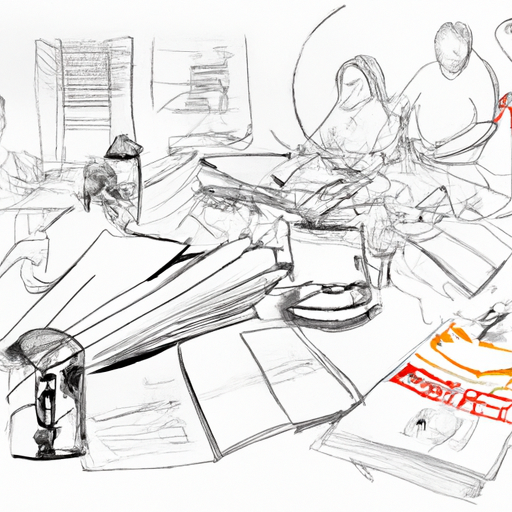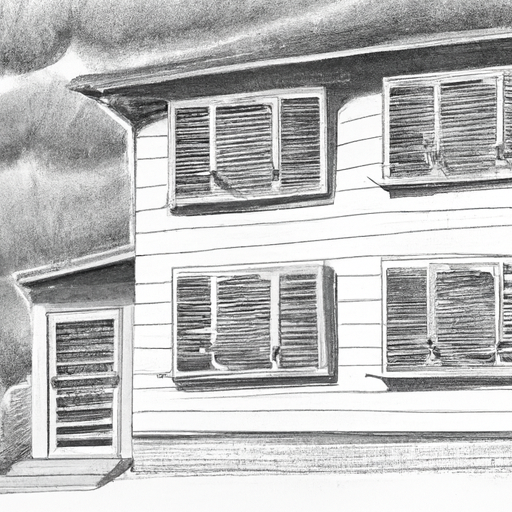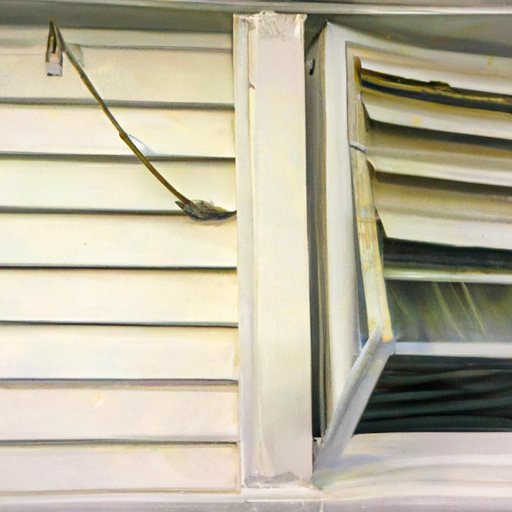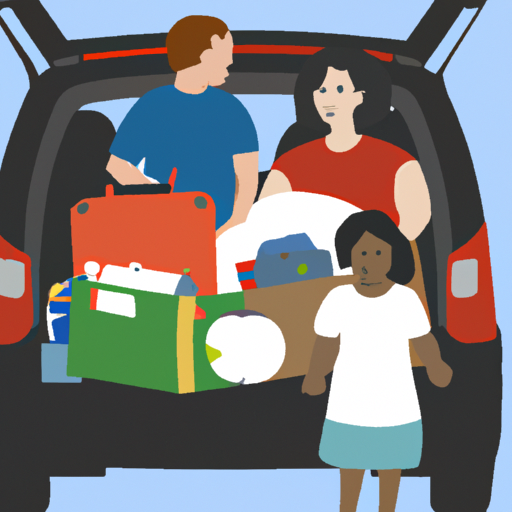This article highlights the importance of having a hurricane preparedness plan. It includes tips on keeping your home safe, stocking essentials, protecting windows and doors, and prioritizing security.
As hurricane season approaches, it is important for homeowners to take the necessary steps to prepare their homes for potential storms. The destructive power of hurricanes can cause serious damage to homes, but with proper planning and preparation, homeowners can minimize the risks. This article will walk you through the basic steps to create a hurricane preparedness plan, secure your home, stock up, protect your windows and doors, and keep you and your family safe while evacuating and sheltering. By following these guidelines, you can increase your chances of weathering the storm and protecting your most valuable asset – your home.
- 1. “Creating a Hurricane Preparedness Plan: Important Steps for Homeowners”
- 2. Keeping Your Home Safe: Tips for Protecting Your Property from Hurricanes
- 3. Stock Up: Essentials to Survive the Storm
- 4. “Protecting your windows and doors: strengthening the protection of your home”
- 5. “Evacuation and shelter: ensuring safety for you and your family”
1. “Creating a Hurricane Preparedness Plan: Important Steps for Homeowners”

Creating a Hurricane Preparedness Plan: Important Steps for Homeowners
When it comes to preparing your home for a hurricane, having a well thought out plan is critical. A hurricane preparedness plan not only keeps your family safe, but also helps minimize potential damage to your property. Here are some important steps homeowners should include in their hurricane preparedness plan:
1. Stay informed: Get the latest weather forecasts and hurricane warnings from local authorities. Sign up for emergency alerts and make sure you have a battery powered weather radio to receive updates in the event of a power outage.
2. Develop an evacuation strategy: Familiarize yourself with evacuation routes in your area and plan where you will go if an evacuation order is issued. Make sure you plan multiple routes as some roads may be damaged or congested during the evacuation.
3. Protect important documents: Collect and store important documents such as insurance policies, IDs and medical records in a waterproof and
2. Keeping Your Home Safe: Tips for Protecting Your Property from Hurricanes

Protecting Your Home: Tips for Protecting Your Property from Hurricanes
When a hurricane approaches, it is imperative that you take steps to protect your property from potential damage. By keeping your home safe, you can minimize the risk of structural damage, water intrusion, and other costly repairs. Here are some basic tips to help you prepare your home for a hurricane:
1. Reinforce the doors and windows: Start by reinforcing all the doors and windows in your home. Install blinds or plywood over windows to provide an extra layer of protection from high winds and flying debris. Reinforce the door by adding latches or staples to prevent it from being forced open.
2. Clean up your yard: Trim any trees or branches near your home. Strong winds can cause them to break and damage property. Secure outdoor furniture, trellises and other loose items by moving them indoors or securing them so they don’t become dangerous projectiles.
3. A reliable roof: check yours
3. Stock Up: Essentials to Survive the Storm

When preparing your home for a hurricane, it is very important to stock up on essential items to ensure your safety and comfort during the storm. Here are some things you should have on hand:
1. Non-perishable food and water: It is important to have an adequate supply of non-perishable food that can last for several days. Stock up on canned goods, dried fruit, protein bars and other snacks that do not require refrigeration. Also, make sure you have enough drinking water to last at least three days, one gallon per person per day.
2. Medicines and a first aid kit: If you or your family members take any prescription medicine, make sure you have enough medicine to last you through the storm and possible consequences. It is also desirable to have a first-aid kit, complete with dressing material, antiseptic solution, painkillers and all necessary medical supplies.
3. Batteries, flashlights and portable chargers: Power outages are common
4. “Protecting your windows and doors: strengthening the protection of your home”

One of the most vulnerable places in your home during a hurricane is your windows and doors. High winds can easily shatter glass, causing significant damage to your property and putting you and your family at risk. To ensure the safety of your home, it is imperative to reinforce these areas. Here are some steps you can take to protect your windows and doors:
1. Install storm shutters: Storm shutters are designed to withstand high winds and flying debris. They provide an extra layer of protection for your windows and can prevent them from breaking. There are different types of storm shutters such as accordion shutters, roller shutters, and shutters. Choose the one that best suits your needs and budget.
2. Use impact-resistant windows: If you live in a hurricane-prone area, consider investing in impact-resistant windows. These windows are made of laminated glass and a special layer that makes them highly resistant to strong winds and flying debris. Although they can be
5. “Evacuation and shelter: ensuring safety for you and your family”

Evacuation and shelter: keeping you and your family safe
When a hurricane approaches, it is extremely important to put the safety of you and your family first. While preparing your home is important, having an evacuation and shelter plan is just as important. Here are some key steps to keep you safe during a hurricane:
1. Stay informed: Keep a close eye on weather updates and evacuation orders from local authorities. Tune into local news channels and listen to emergency radio broadcasts for the latest information on the hurricane’s path and strength. Stay connected via social media and subscribe to emergency alerts for real-time updates.
2. Plan an evacuation route: Check out the evacuation routes in your area and make a clear plan. Define multiple routes if one of them is blocked or congested. Pay attention to designated evacuation shelters and make sure you know their location and any specific instructions for accessing them.
3. Prepare an emergency kit: pack an
In summary, preparing your home for a hurricane is a critical step in ensuring the safety and protection of your home and family. By creating a hurricane preparedness plan, securing your home, stocking up on essential items, securing windows and doors, and understanding the evacuation and sheltering process, you can greatly reduce the potential damage and risks associated with a hurricane. Taking the time to implement these steps now can make a big difference in the outcome of a future storm. Remember that the best approach to confronting the unpredictable forces of nature is always being active and prepared.
 Purex find
Purex find